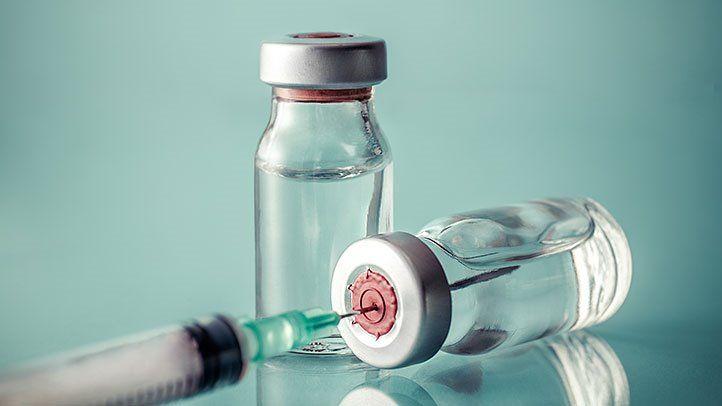History and Background of U.S Hemophilia Treatment Industry
Hemophilia is a rare genetic disorder caused by mutations in genes that produce blood clotting factors. The most common types are hemophilia A, which results from a deficiency in clotting factor VIII, and hemophilia B, which results from deficiency in clotting factor IX. The condition affects around 20,000 people in the U.S. and is passed on through families via the X chromosome. Throughout history, hemophilia remained poorly understood and primarily treated symptomatically with blood transfusions and bedrest. Major advances in treatment began in the 1960s-70s with the development of coagulation factor concentrates derived from human blood plasma.
Development of Clotting Factor Concentrates
The earliest clotting factor concentrates were developed by freezing fresh frozen plasma to remove unwanted proteins and concentrating the active clotting factors into a more potent medication. This allowed for safer and more effective home treatment of bleeds compared to whole blood transfusions. Further purification methods in the 1970s-80s resulted in even higher potency concentrates containing thousands of units of factor VIII or IX per vial. Self-administered injections of these concentrates revolutionized Hemophilia Treatment care by allowing prevention of routine bleeds and treatment of injuries at home instead of in-patient hospital care.
Emergence of U.S Hemophilia Treatment Industry
Unfortunately, plasma fractionation in the 1970s-80s was performed before reliable donor screening or viral inactivation was possible. This resulted in a global catastrophe as concentrates made their way into the blood supply became contaminated with hepatitis C and early human immunodeficiency virus (HIV). In the U.S., this led to infection of over 60% of the hemophilia population with HIV and 90% with hepatitis C by the mid-1980s. Realizing the scope of the issue, efforts were made to rapidly transition the supply to a purified, virus-inactivated form using methods like solvent-detergent treatment and heat treatment. This brought the crisis under control, but its effects continue to impact the hemophilia community decades later.
Advances in Recombinant Factor Production
In the wake of the contaminated blood crisis, researchers developed new methods for producing clotting factors using recombinant DNA technology. This involved inserting human clotting factor genes into hamster ovary cells or chinese hamster lung fibroblast cells, which then produced and secreted the human clotting factors without using any human or animal blood products. The first recombinant factor VIII concentrate, Kogenate, was approved in 1992 and its widespread adoption marked a major milestone in hemophilia treatment safety. Recombinant products now comprise over 90% of the U.S. clotting factor market due to their unmatched viral safety profile. They are manufactured according to rigorous good manufacturing practices using well-characterized cell lines and viral clearance methodology.
Gene Therapy Clinical Trials
Building on progress with recombinant technology, researchers are now exploring potential cures for hemophilia through gene therapy approaches. Early phase clinical trials are evaluating the use of adeno-associated viral (AAV) vectors to deliver functional clotting factor genes directly into patients. These vectors can efficiently transfer genes to liver cells, which then produce and secrete the missing factors on an ongoing basis. Preliminary studies have shown some success achieving partial or near-complete factor levels correction that persists long-term without the need for repeated infusions. Larger phase 3 trials are now underway to establish safety, efficacy, and dosing of AAV gene therapy. If successful, this treatment could potentially eliminate the need for lifelong prophylactic factor replacement in hemophilia.
Access and Cost Challenges of Treatments
While breakthroughs in hemophilia treatment have been made, ongoing challenges remain around access and affordability. The high cost of clotting factor replacement necessitates insurance coverage for most patients, making the population vulnerable to changes in healthcare policy. Annual drug costs commonly exceed $200,000 per patient. Gene therapy could potentially provide an initial cure at a high one-time cost, possibly in excess of $1 million.
In Summary, such price points will require innovative payment models to ensure widespread availability. Hemophilia treatment centers and advocacy groups are working to expand public and private insurance coverage while balancing costs. Looking ahead, continued advances coupled with collaborative efforts around access hold promise to further improve quality of life for those with hemophilia in the coming decade.
Get more insights on this topic: https://ai.memorial/read-blog/42813

